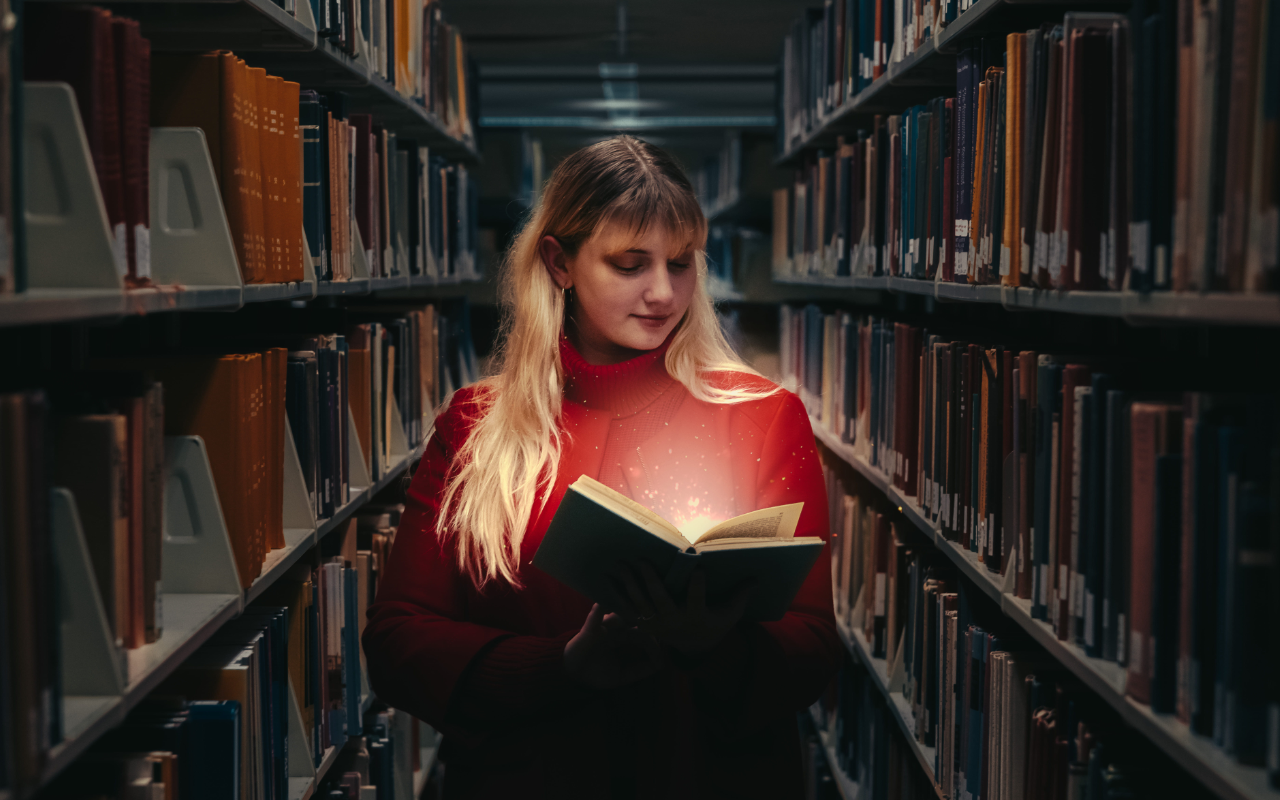
A radical re-think of R&D policy
How do art and artists contribute to innovation? Hasan Bakhshi and David Maggs argue that the typical ways of inquiring into the world are in desperate need of revitalisation.
The scale and complexity of global challenges such as climate change, biodiversity collapse and spiralling inequality presents us with an epistemic crisis, a growing mismatch between the problems we must solve, and the problem-solving we know how to deploy.
At the heart of the mismatch is the issue of human subjectivity. Challenges like climate change unavoidably turn on things like human meanings, beliefs, purposes, values and perceptions, and yet our problem-solving is premised on the idea of excluding these very things from how we make sense of the world.
We have collectively lured ourselves into thinking that information, data, facts and reason might on their own be enough to navigate challenges like climate change, pandemics, and social and economic justice. As is abundantly clear, the results of this misconception form a litany of unintended consequences, from steadily rising CO2 to the alarming growth in political polarisation worldwide.
How can art and artists be involved?
At the same time, we are witnessing a groundswell of interest in the arts as critical to getting ourselves out of this mess. Is this a nostalgic desire to return to some childlike state of play? A need for grand, emotional statements in times of crisis? Or is there something more specific about the aesthetic that is particularly essential here?
Is there something about the arts that might address the growing disconnect between our problems and the ways we try to solve our problems? Are there ways in which the arts might weave human values, perspectives, beliefs and activities back into how we make sense of the world?
Might this help us navigate the subjective dimensions of our global challenges? If so, how? What is it about the arts that can do this? What approaches to arts practices do this most effectively? Where and how should such capacity be deployed in pursuit of new approaches to critical social challenges?
Arts are shoehorned into scientific definitions
We need a reimagining of how art and artists contribute to innovation and a very practical policy change in relation to Research and Development (R&D) could support this. The starting point is to reflect the arts’ distinctive contribution to R&D in the international guidebook for policymakers, the Organisation for Economic Cooperation and Development’s Frascati Manual: Guidelines for Collecting and Reporting Data on Research and Experimental Development.
Now in its seventh edition, the manual is used by policymakers, statisticians, academics and others to help standardise the data collection guidelines and classifications for compiling R&D statistics. In successive revisions, the Frascati Manual has evolved to recognise arts R&D, but it has done so by shoe horning art into scientific understandings rather than extending its own definitions and parameters, e.g. referring to ‘observable facts’ and ‘knowledge of the underlying foundations of phenomena’ not of behaviours, and to ‘systematic work… directed to producing new products or processes’ not to human experiences. Elsewhere in the Manual it is made clear that R&D must aim to resolve scientific and technological uncertainty.
R&D in desperate need of revitalisation
It is of fundamental importance that the Frascati Manual and the R&D definitions within it are made fit for purpose for the complexity economy. Armed with more inclusive definitions and metrics, governments can then ensure their R&D strategies, subsidies and tax incentives are fit for purpose too.
They can fashion interventions that are designed to fully avail society of the R&D potential of art. What, for example, would the missions turn in innovation policy look like if artists participated in the setting of grand challenges, foresight exercises, policy design and planning?
How would skills and policies for the knowledge economy change if they privileged the aesthetic as much as science and technology, and what would this mean for innovation and productivity? If the qualifying expenditures for R&D tax reliefs were widened to embrace arts R&D, while the arts learned to structure inquiry towards compelling knowledge production, what new interdisciplinary business solutions to society’s problems might we see?
Our typical ways of inquiring into the world are in desperate need of revitalisation. The instinct that art offers essential capacity to this challenge is growing across a widening diversity of fields. Yet to move from instinct to empiricism, we must coordinate efforts to structure artistic approaches to knowledge production, while placing these efforts within investment and policy paradigms that enable both risk and reward typically unavailable to artistic processes.
Hasan Bakhshi MBE is Director of the Creative Industries Policy & Evidence Centre.
David Maggs is Artist and Researcher and Fellow at the University of Toronto.
The full version of this essay 'Beyond Instrumentalism: The Aestheticisation of the World is included in The Next Renaissance, published by Odile Jacob, April 2022. And available to read here.
The Creative Industries Policy & Evidence Centre is led by Nesta and funded by the Arts and Humanities Research Council as part of the UK Government’s Industrial Strategy.
Join the Discussion
You must be logged in to post a comment.